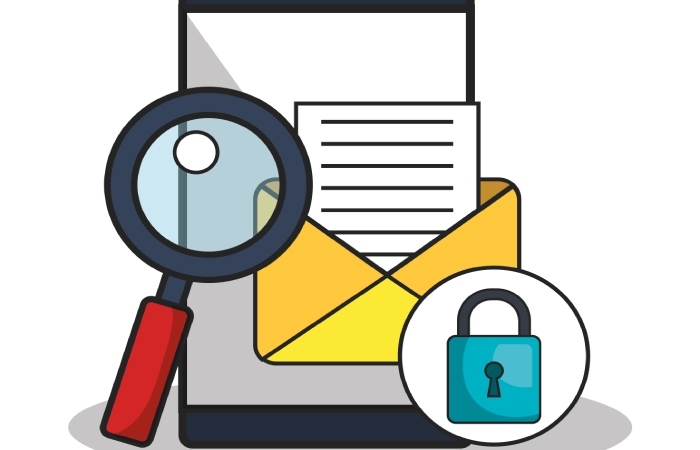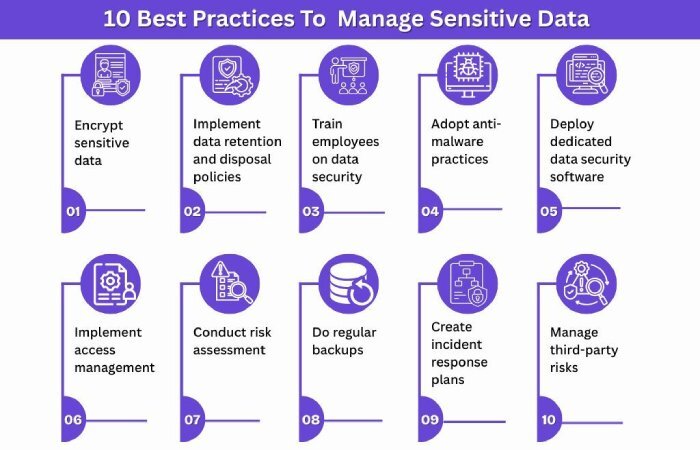What is DMARC alignment and why does it matter?
DMARC (Domain-based Message Authentication, Reporting, and Conformance) is one of the most effective email authentication protocols. It helps in preventing the unauthorised use of your business domain to carry out threat attacks like phishing and spoofing. However, there are multiple factors that affect the efficacy of DMARC implementation. One such crucial factor is DMARC alignment.
This blog post aims to explore the intricacies of DMARC alignment, its impact on email security systems, and the type of DMARC alignment that would be best-suited for your email ecosystem.

How does DMARC work?
DMARC is a robust email authentication protocol that enables domain owners to instruct recipient email servers on what to do if an email sent from their domain fails the authentication check. The DMARC protocol is highly effective in combating phishing and spoofing threats by ensuring that only legitimate emails from your domain reach recipients’ inboxes.
In case an email does not pass the DMARC check, it can either be rejected outright, quarantined in the spam folder, or allowed to land safely in the recipient’s inbox. DMARC not only b system but also safeguards your domain reputation.

What is DMARC alignment?
DMARC alignment is a system that helps verify whether or not the email sender’s identity is consistent and genuine across different aspects of the email. The ultimate goal is to establish an alignment between the “Header From” domain of an email and the domains authenticated by DKIM (d= domain) and SPF (Mail From/Return-Path domain).
DMARC alignment plays a crucial role in preventing threat actors from abusing mismatches in domain names in order to evade email security filters. When the Header From domain matches the domains authenticated by SPF and/or DKIM, it serves as an extra layer of security around your email network.
Let’s have a look at different types of DMARC alignment to understand the concept better.

Types of DMARC alignment
Below-mentioned are two different types of DMARC alignment:
SPF alignment
SPF alignment refers to the alignment of two kinds of headers in emails. If the “From” header in an email matches the domain in the “Return-Path” header, then the SPF alignment can be considered successful. In short, the email will pass the SPF check only when both DNS records remain the same, leading to SPF matches.
DKIM alignment
DKIM alignment is the alignment of the domain in the “From” header of an email and the cryptographic DKIM signature. You can find the domain specified in the “d=” value of the DKIM signature. DKIM alignment helps in verifying that the email is sent by an authorized domain and that the email content has not been tampered with during transit.

Modes of DMARC alignment
DMARC alignment has two modes. These are:
Relaxed mode
This DMARC alignment mode allows some degree of flexibility and leniency. It does not require an exact match between the domains. The relaxed mode prioritised matching only the organizational domains; so, it’s fine if the subdomains differ. Since the relaxed mode offers some degree of leniency, it slightly increases the risk of spoofing and phishing attacks.
Strict mode
As the name suggests, there’s no scope for leniency in strict mode. It is rigid in nature and requires an exact match between the “From” address in the header and the domain that DKIM or SPF has authenticated. The strict mode is well suited for those enterprises that require a high degree of email security and are also prone to impersonation attacks. Because of its stringent nature, the strict mode leaves almost no room for threat attackers to plan and carry out an impersonation attack.

Factors to keep in mind while choosing a DMARC alignment mode
Here’s what you should consider before selecting a DMARC alignment mode:
Analyze your email system
Try to assess the intricacies of your overall email ecosystem. If it is more complicated, has multiple subdomains, or operates through third-party email service providers, then go for the relaxed mode.
Understand the security requirements
If your organization manages highly sensitive data, it is advisable to opt for the strict mode to enhance email security.

Consider the volume and diversity of emails
If your business requires you to handle a high volume of emails, then it is better to opt for relaxed mode. Otherwise, you may experience multiple cases of false positives.
In a nutshell
DMARC alignment serves as a crucial line of defense against email spoofing and phishing attacks. It is no longer enough to ensure that your emails pass the authentication checks alone. You must also make sure that the authenticated domains are aligned with the “Header From” domain. This helps enhance email deliverability, safeguards your brand reputation, and earns the trust of your audience. Whether you’re a small business or a global brand, implementing DMARC alignment is a smart move to secure your email ecosystem.







